
Made by…whom?
Where are our clothes made? What route do they follow from cotton field to yarn to garment? Bargain-seekers have no way of knowing how things actually work in spinning mills and garment factories. But then again, neither do business researchers. The reason is simple: the data is missing. Even Western fashion brands and shops, who are the direct purchasers, say they are none the wiser.
This article has been published in Dutch on the Oneworld website(opens in new window) .
Last week the Centre for Research on Multinational Corporation (SOMO) and the India Committee of the Netherlands published the research paper ‘Flawed fabrics‘ on the working conditions in five large textile factories in Southern India. These factories produce yarn and fabrics that are used in garments by well-known brands such as H&M, C&A, Replay and Primark. The report paints a disparaging picture: child labour, long working weeks, absence of contracts, false promises of bonuses, lack of contact between employees and unions… There are cases where young female workers are not allowed to leave the factory compound even after working hours. All of which amounts to modern slavery.
The concerned consumer
‘Flawed fabrics’ has featured prominently in the media(opens in new window) (Dutch only). About 20 concerned consumers contacted SOMO and the India Committee to inquire about the reports of forced labour. After Rana Plaza(opens in new window) , where 1138 garment workers lost their life in the debris of a collapsed building, for many people this is the ‘last drop.’ Clothes made under coercion or in life-endangering situations aren’t acceptable even for the most frugal shoppers. One caller stated that he had decided not to purchase any more clothes from Bangladesh. He had been scrutinising C&A’s labels as he searched for affordable children’s clothes. But to his surprise, he found very little information on the origin of the pants and body warmers that he’d picked out. What he did find in the clothes is that they pointed to Germany. But that’s not where the clothes are made, is it? Not for this price, in any event. What’s the story then?
These are legitimate questions. Dutch clothes shops indeed provide remarkably little information about the origin of their garments. The ‘made in…’ label is, more often than not, missing from the items. SOMO recently carried out a small sample survey. However, we came out empty-handed from all but a few shops. Most of them, like C&A, Hema, V&D en Zeeman, don’t seem to provide this information. What C&A labels point to is the address of the C&A headquarters in Germany.
Indian seaports
‘Flawed fabrics’ was the result of an in-depth investigation by SOMO and the India Committee into working conditions throughout five textile factories and their business clients. The main source of information were the employees at the spinning mills: 150 girls and women were interviewed. The employees are in the dark about which brands they work for. Their testimonies form the basis for the report and are fact-checked against information from other sources. Among others, the websites of the five spinning mills, fashion brands’ corporate profile, and export data found in the seaports through which the clothes are shipped.
The websites of textile factories contain information on their purchasers and certifications. But much of this information turned out to be incorrect. The Sulochana Cotton Spinning Mills(opens in new window)
, for instance, claim to have a Worldwide Responsible Accredited Production (WRAP) certification, whereas the company is not on the list of certified factories of that independent factory-inspection initiative. Sulochana Cotton Spinning Mills present themselves as one of the top-three Indian suppliers of melange yarn.
Analysing export data from Indian seaports gave us insight into the foreign importers of garments, fabrics and yarn from Southern India. SOMO and the India Committee found American and European producers, but also garment factories in Bangladesh, among the purchasers. Large banks too, seem to have close ties with the spinning mills.
Gold, silver, regular
The details clothes brands and chain stores are publishing about their suppliers are still few and far between. H&M is an exception. Their list of suppliers(opens in new window) points to thousands of production locations worldwide where the Swedish company is doing business. It names the factories, lists their addresses, and ranks them as gold, silver or regular. What this ranking stands for is not entirely clear.
In response to the media attention garnered by Flawed fabrics, H&M announced they were breaking their ties with Super Spinning Mills.
H&M has also mapped the suppliers at deeper levels of their production chain, but that information is not being published. Neither is the criteria used by H&M to approve its mills explained anywhere. In response to the media attention garnered by Flawed fabrics, H&M announced that they were breaking their ties with Super Spinning Mills. That is not what SOMO and the India Committee have been advocating. Quite the contrary. H&M says Super does not fulfil the standards. And much as SOMO and the Committee agree on that point, they also state that H&M must be more transparent about how they’ve developed their assessments. In fact they suggest that H&M must do a greater effort to improve situations locally.
Primark
Similarly, C&A and Primark have been trying to map the mills in their production chain, but they too fail to provide more than a few details about how they’re doing it, what kinds of situations they are encountering, or what they are doing to bring about improvements.
Some time ago C&A announced(opens in new window)
(Dutch only) that they’d be publishing the list of their suppliers, but it is not clear when that will be. Primark is not revealing any information about its suppliers. It’s hard to find any information whatsoever about where or in what quantities these companies are having their garments manufactured.
Many of the companies that appear in the report by SOMO and the India Committee haven’t issued any kind of response, for instance, HanesBrands and Replay. And this makes it hard to say whether these companies are even aware of the problems in their production chains, and what they might be doing to tackle the problems.
It is very hard to unpick the links. It’s a far cry from real production-chain transparency. The first thing that needs to be clear if we want to tackle abuses in the textile and garment sector, is which companies can be held accountable for them and what efforts they are making to correct the situation. Consumers have a right to clear information so that they can make conscious choices.
Partners
Related content
-
 Flawed Fabric – The abuse of girls and women workers in the South Indian textile industryPosted in category:NewsPublished on:
Flawed Fabric – The abuse of girls and women workers in the South Indian textile industryPosted in category:NewsPublished on: -
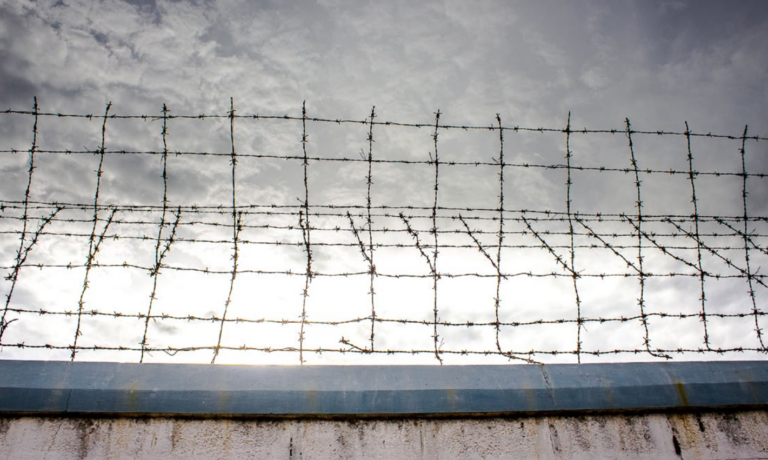
-
Flawed fabrics Published on:
 Pauline OvereemPosted in category:Publication
Pauline OvereemPosted in category:Publication Pauline Overeem
Pauline Overeem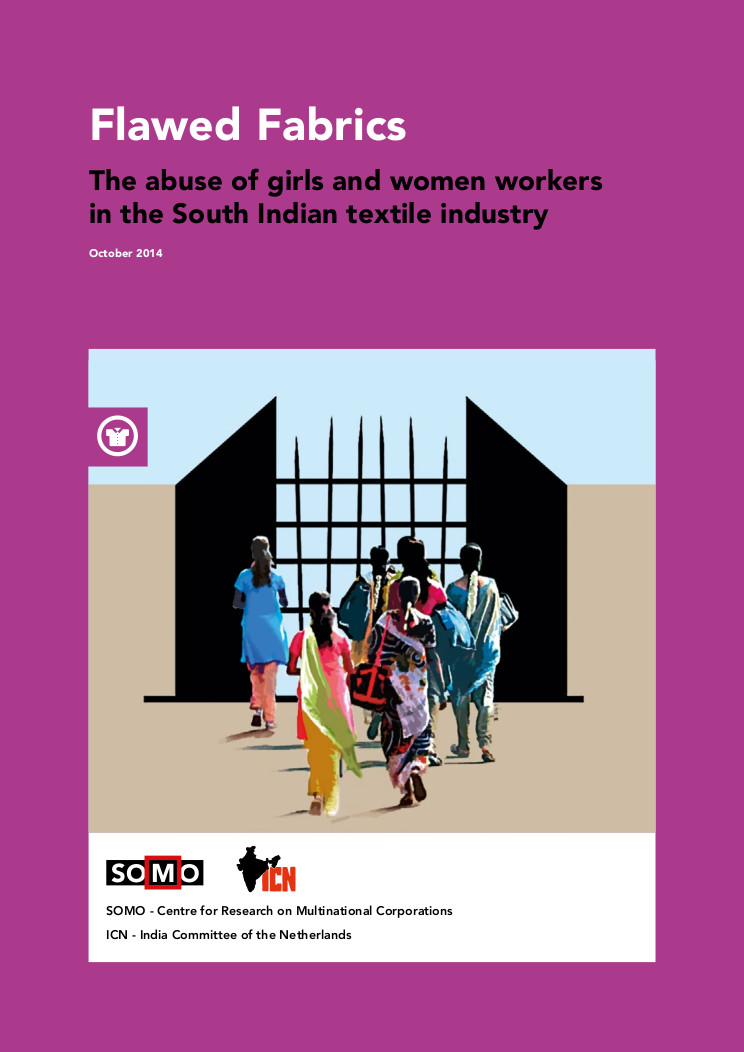
-
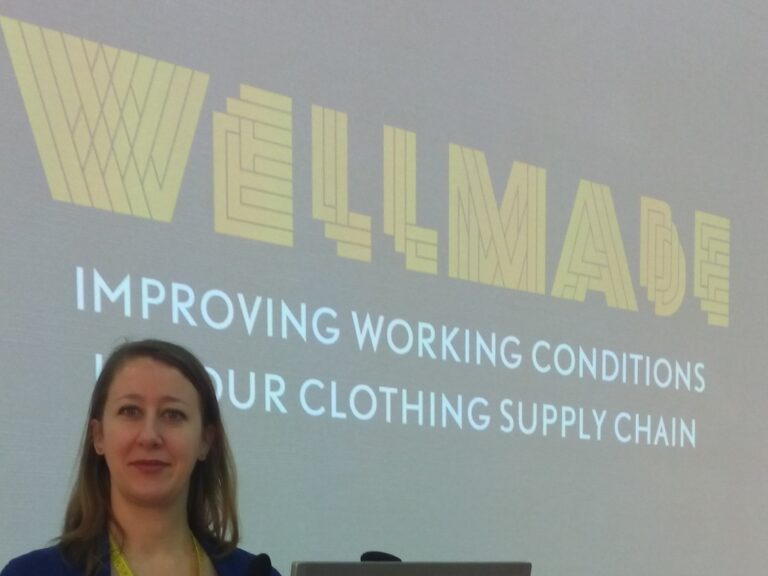
-
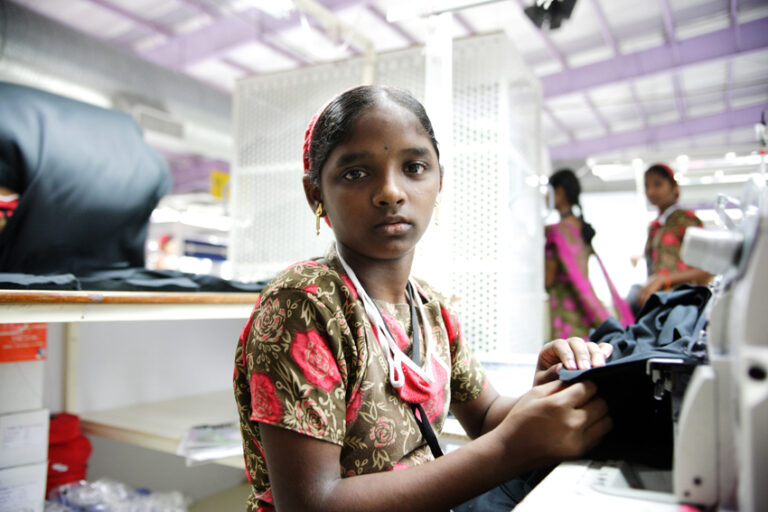
-
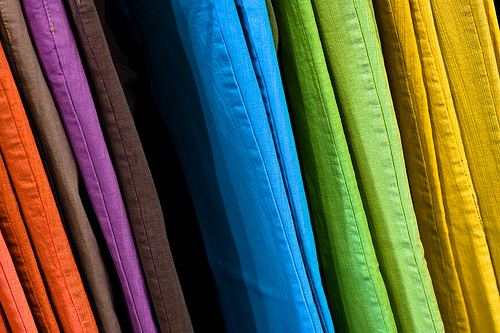 Expert meeting towards decent work in the Indian textile and garment industry and the role of the NetherlandsPosted in category:NewsPublished on:
Expert meeting towards decent work in the Indian textile and garment industry and the role of the NetherlandsPosted in category:NewsPublished on: -
 Martje TheuwsPosted in category:Publication
Martje TheuwsPosted in category:Publication Martje Theuws
Martje Theuws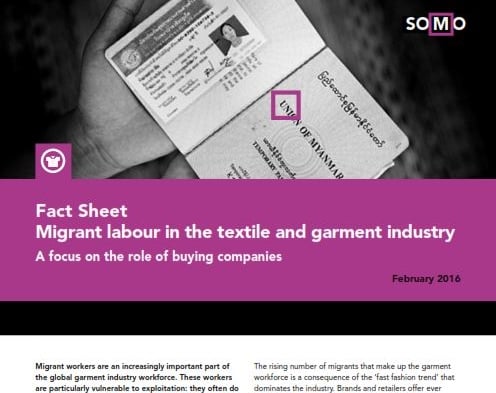
-
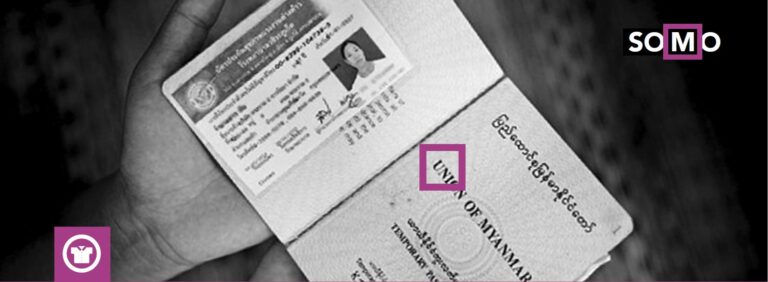
-
Linking labour issues in China to global brands Published on:Posted in category:Publication

-
Chain of consequences Published on:
 Joshua RosenzweigPosted in category:Publication
Joshua RosenzweigPosted in category:Publication Joshua Rosenzweig
Joshua Rosenzweig

